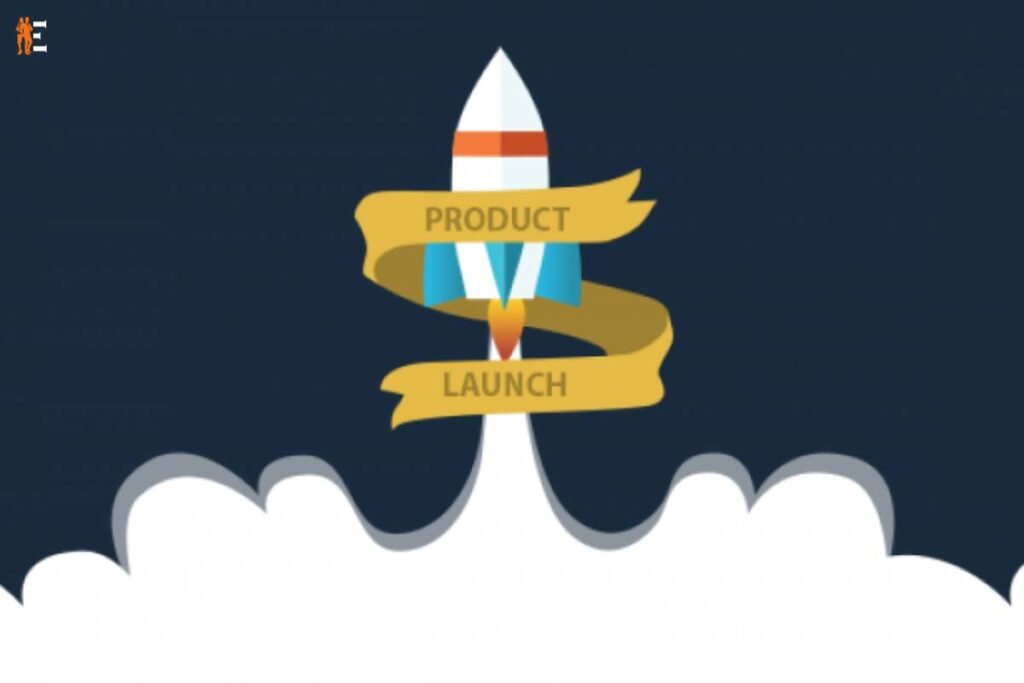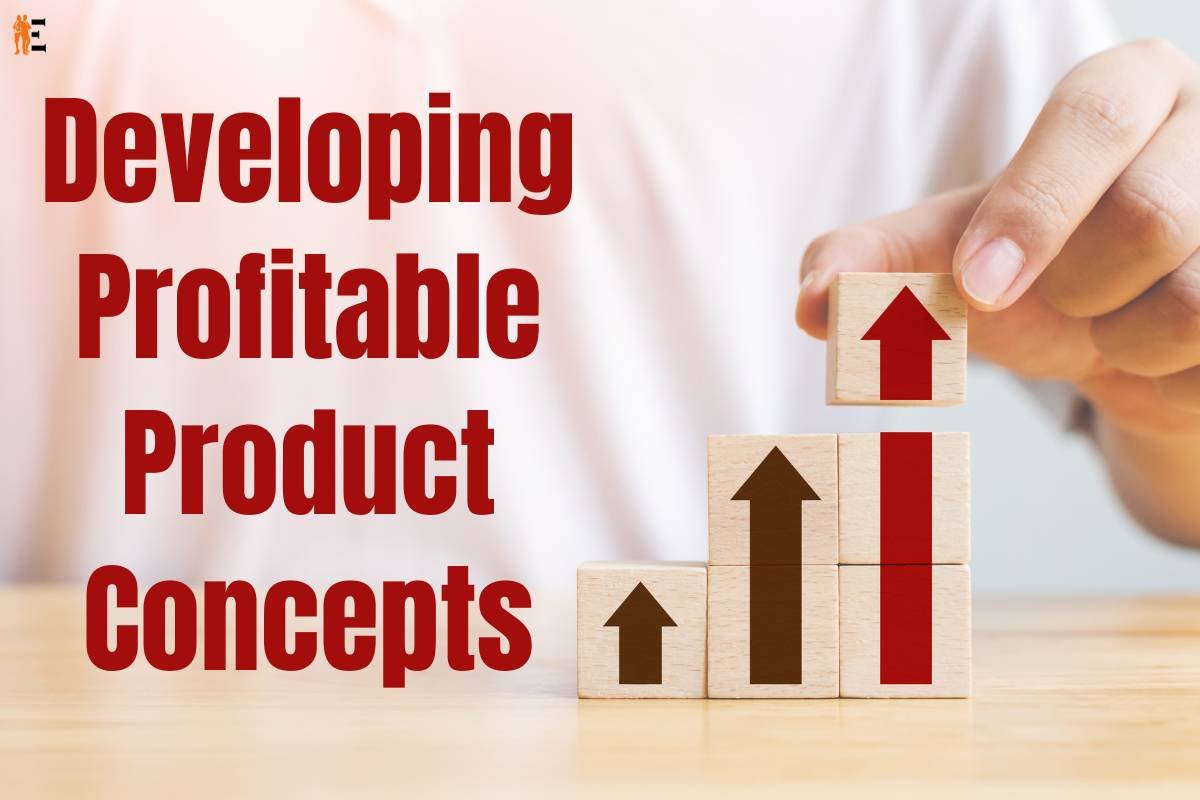Developing profitable product concepts is an essential step in any business plan. The product concept is the idea behind a product, including its features, design, and intended use. It is the foundation of a product’s success, as it guides the development and marketing strategies. This article will provide an in-depth guide on how to develop profitable product concepts.
Here are 7 Steps for Developing Profitable Product Concepts:
Step 1: Identify Customer Needs and Wants
The first step in developing profitable product concepts is to identify customer needs and wants. A successful product is one that satisfies the needs and wants of its target customers. Therefore, it is crucial to conduct market research to understand the needs and wants of your target customers. Market research can be conducted through surveys, interviews, focus groups, and observation.
Surveys and interviews are useful for gathering data on customer preferences and opinions. Focus groups allow you to observe customer behavior and gather more detailed information on their needs and wants. Observation involves observing customers in their natural environment to gather insights into their behavior and preferences.
Step 2: Analyze the Competition
Analyzing the competition is the second step in developing profitable product concepts. Competitor analysis involves identifying the strengths and weaknesses of your competitors’ products. This analysis will help you to identify gaps in the market that your product can fill.

There are several ways to conduct competitor analysis, including:
- Online research: This involves researching competitors’ websites, social media platforms, and customer reviews to gather information on their products and customer feedback.
- Market reports: Market reports provide detailed information on the market, including the size, growth rate, and key players. They also provide information on market trends, opportunities, and threats.
- Customer feedback: Customer feedback provides insights into what customers like and dislike about your competitors’ products.
Step 3: Brainstorm Product Ideas
Once you have identified customer needs and wants and analyzed the competition, the next step is to brainstorm product ideas. Brainstorming involves generating ideas through creative thinking and collaboration. This step should involve a diverse group of individuals, including product managers, designers, engineers, and marketers.
There are several techniques that can be used for brainstorming, including:
- Mind mapping: This involves creating a visual diagram of ideas, which helps to generate more ideas and connections between them.
- SCAMPER: This is an acronym for Substitute, Combine, Adapt, Modify, Put to another use, Eliminate, and Reverse. This technique involves applying these seven techniques to generate new product ideas.
- Random word association: This involves generating random words and using them as inspiration to generate new product ideas.
Step 4: Evaluate Product Ideas
The fourth step in developing profitable product concepts is to evaluate product ideas. This involves assessing the feasibility, viability, and desirability of each idea.
Feasibility refers to the technical and financial viability of the idea. Can the idea be developed within the available resources? Is it technically feasible? Will it generate a return on investment?
Viability refers to the market potential of the idea. Is there a demand for the product? Can it be sold at a profit? Is there a sustainable market for the product?

Desirability refers to the customer appeal of the product. Does the product meet customer needs and wants? Is it attractive and easy to use? Does it provide a unique value proposition?
There are several tools and techniques that can be used to evaluate product ideas, including:
- SWOT analysis: SWOT analysis involves identifying the strengths, weaknesses, opportunities, and threats of the product idea.
- Value proposition canvas: This involves identifying the customer segments, their needs and wants, the product features and benefits, and the unique value proposition.
- Business model canvas: This involves identifying the key components of the business model, including the value proposition, revenue streams, customer segments, channels, key partners, key resources, and cost structure.
Step 5: Develop a Prototype
The fifth step in developing profitable product concepts is to develop a prototype. A prototype is a preliminary model or sample of the product that allows you to test and refine the product concept. Prototyping involves creating a physical or digital model of the product, which can be used to gather feedback from customers and stakeholders.
There are several types of prototypes, including:
- Functional prototypes: These are prototypes that are fully functional and resemble the final product.
- Visual prototypes: These are prototypes that are not functional but provide a visual representation of the product’s design and features.
- Paper prototypes: These are prototypes that are created using paper or cardboard and provide a low-cost way to test the product concept.
Prototyping is an iterative process that involves creating multiple versions of the prototype and gathering feedback from customers and stakeholders. The feedback can then be used to refine the product concept and improve the prototype.
Step 6: Test the Product
The sixth step in developing profitable product concepts is to test the product. Product testing involves testing the product in a real-world environment to gather feedback on its performance and user experience. Testing can be conducted through alpha and beta testing.
Alpha testing is conducted in-house and involves testing the product by the development team. This allows the team to identify and fix any issues before the product is released to beta testers.
Beta testing is conducted by external users who test the product in a real-world environment. Beta testing allows you to gather feedback from a larger group of users and identify any issues that were not identified during alpha testing.
Step 7: Launch the Product
The final step in developing profitable product concepts is to launch the product. Product launch involves introducing the product to the market and promoting it to potential customers.

Product launch involves several activities, including:
- Product positioning: This involves positioning the product in the market based on its unique value proposition and target customer segments.
- Pricing: This involves setting the price for the product based on its value proposition, cost structure, and competitor pricing.
- Promotion: This involves promoting the product through various marketing channels, including advertising, social media, public relations, and events.
- Distribution: This involves determining the distribution channels for the product, including online sales, retail sales, and direct sales.
BOTTOM LINE
Developing profitable product concepts is a critical step in any business plan. It involves identifying customer needs and wants, analyzing the competition, brainstorming product ideas, evaluating product ideas, developing a prototype, testing the product, and launching the product. By following these steps, businesses can develop successful and profitable products that meet customer needs and wants and outcompete the competition.











